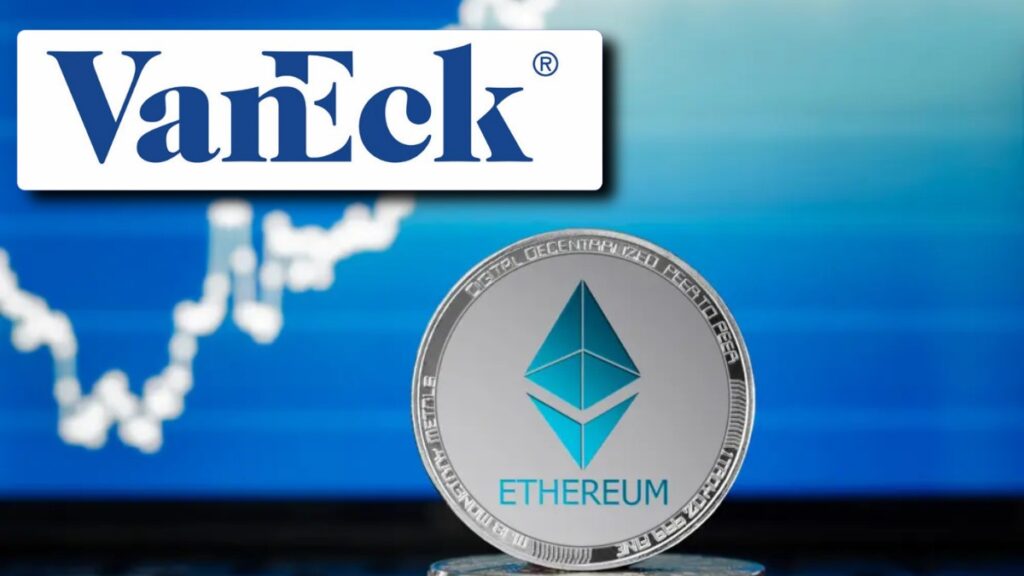TL;DR
- VanEck has officially filed with the SEC to launch the first U.S. ETF linked to stETH, marking a strategic move into liquid Ethereum staking through the Lido protocol.
- The product is built to give institutional investors regulated and tax-efficient access to Ethereum staking without interacting directly with smart contracts.
- Recent statements from the SEC confirming that certain liquid staking models are not classified as securities have increased expectations of regulatory approval in the short term.
The firm, VanEck, is positioning itself ahead of competitors by targeting stETH through a fully regulated vehicle, aiming to capitalize on institutional demand for staking exposure with liquidity retention. The ETF is structured to mirror Ethereum’s staking performance via Lido while operating within mainstream financial frameworks. This approach converts staking rewards into a familiar investment format for funds that cannot directly hold onchain assets.
Lido dominates the liquid staking space with nearly $40 billion in total value locked and more than $2 billion in distributed rewards, giving stETH a scale advantage that appeals to institutional allocators. The token allows investors to maintain liquidity while accessing yields typically tied to locked assets. This operational flexibility has driven interest from asset managers seeking exposure without running validators or managing private keys.
Regulatory Climate Shifts Toward Accommodation
VanEck’s timing reflects growing confidence in a more constructive regulatory environment for crypto-based financial products. The SEC’s Division of Corporation Finance has indicated that specific liquid staking arrangements conducted under administrative parameters may not fall under securities rules. Ongoing updates to custody and tokenization guidelines point to a willingness to integrate blockchain assets into regulated markets rather than sideline them.
This represents a distinct break from earlier cycles, when ambiguity around staking products halted similar initiatives. Pending ETF proposals tied to SOL and DOGE have regained traction, supported by a broader reassessment of crypto exposure in traditional portfolios. Institutions are increasingly seeking compliant instruments that preserve exposure to underlying blockchain mechanics.

Institutional Demand Meets Onchain Innovation
Approval of the ETF would create a regulated gateway for large investors to access Ethereum staking rewards without operating nodes or navigating custodial risks. By holding stETH as the underlying asset, the fund replicates staking economics while remaining compatible with established audit and reporting standards. Pension funds, insurers, and asset managers could integrate staking yields without altering internal compliance structures.
Kean Gilbert of the Lido Ecosystem Foundation has underscored that regulated wrappers can accelerate the connection between decentralized infrastructure and traditional capital. Interest from established firms like VanEck signals a shift toward financial products that merge onchain efficiency with regulatory credibility, pushing staking exposure into mainstream asset management.










